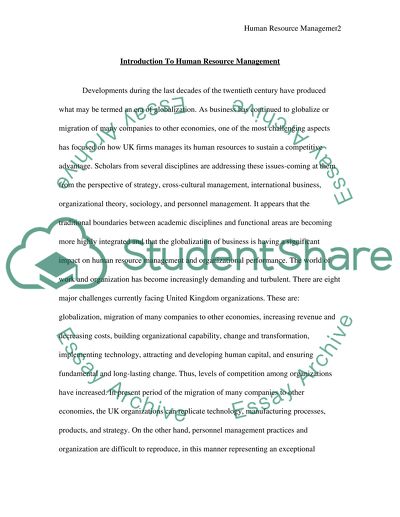Cite this document
(“Introduction To Human Resource Management Essay”, n.d.)
Retrieved from https://studentshare.org/miscellaneous/1530980-introduction-to-human-resource-management
Retrieved from https://studentshare.org/miscellaneous/1530980-introduction-to-human-resource-management
(Introduction To Human Resource Management Essay)
https://studentshare.org/miscellaneous/1530980-introduction-to-human-resource-management.
https://studentshare.org/miscellaneous/1530980-introduction-to-human-resource-management.
“Introduction To Human Resource Management Essay”, n.d. https://studentshare.org/miscellaneous/1530980-introduction-to-human-resource-management.


